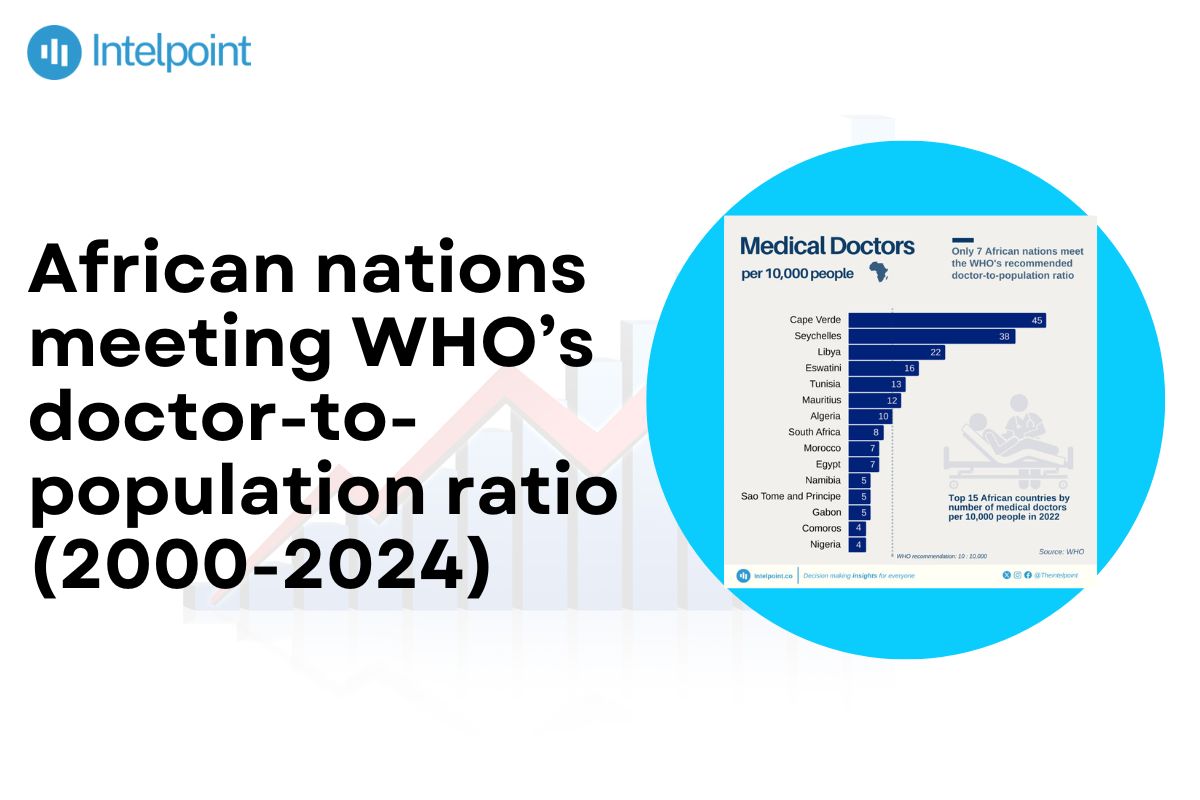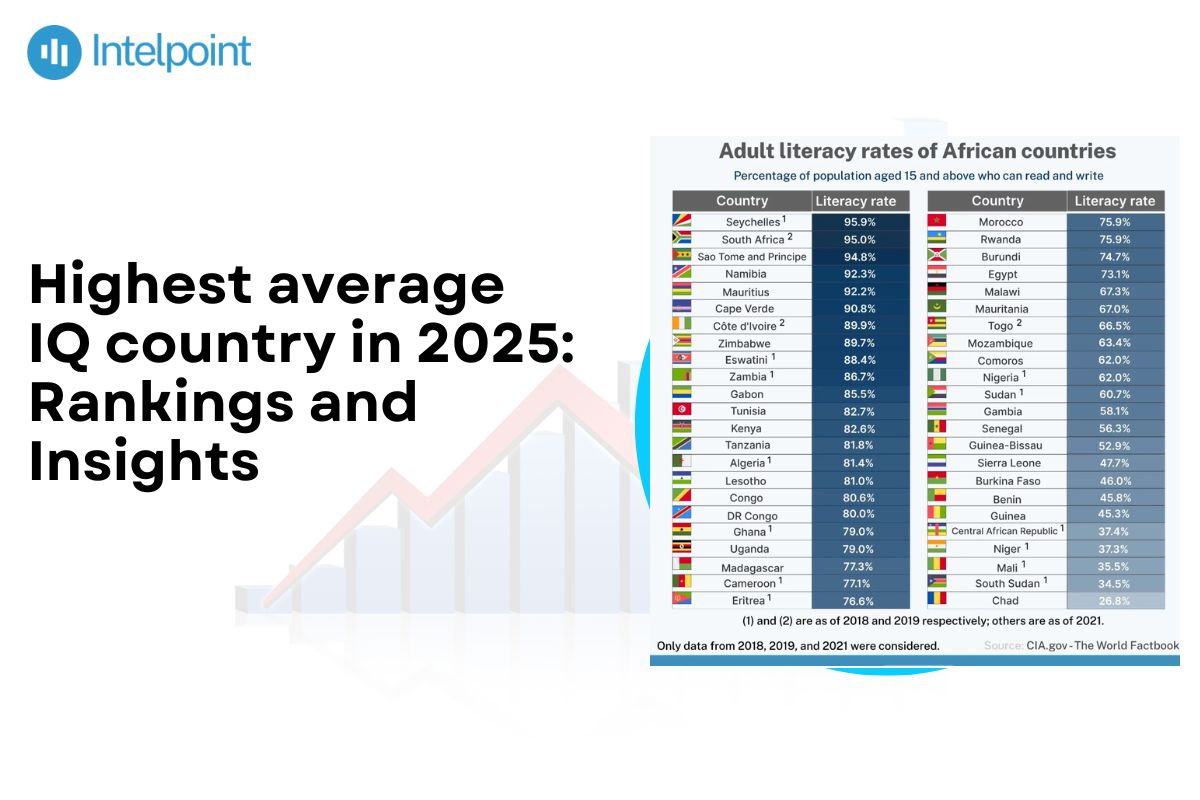
In the WHO African region, the number of doctors, nurses, midwives, dentists, and pharmacists increased between 11.14 per 10,000 in 2013 and 26.82 per 10,000 in 2022. By 2022, African health workers had risen to about 5.1 million, an improvement over the 1.6 million in 2013. The region is foreseeing a shortage of 6.1 million workers in 2030. Fewer countries, such as Seychelles, Namibia, Mauritius, and South Africa, have a higher density of health workers.
Here’s a detailed table summarizing the trends of natural rubber production in Africa from 1994-2024:
| Period | Countries Meeting WHO’s Ratio | Key Drivers of Progress |
| 2000-2010 | Seychelles, Namibia, Mauritius, and South Africa | Inadequate human resources, insufficient budgetary allocation, and poor leadership. |
| 2011-2015 | Seychelles, Namibia, Mauritius, and South Africa | Increased investments in the health workforce and infrastructure facilitated successes in these countries. |
| 2016-2020 | Seychelles, Namibia, Mauritius, and South Africa | Continued investments in medical education and retention efforts of healthcare professionals. |
| 2021-2024 | Cape Verde, Seychelles, Libya, Eswatini, Tunisia, Mauritius, and Algeria | Increased investments in healthcare, adoption of emerging technologies, and international collaborations. |
Key takeaways
- 2000–2010: During this period, a few African countries, including Tunisia and Libya, attained the target of 10 doctors for 10,000 population, and most of them had less than 1 doctor for 10,000.
- 2011–2015: The average density of African countries' health workers is approximately 1.55 for every 1,000 persons, less than the 4.45 for 1,000 proposed by the WHO for complete health coverage.
- 2016–2020: Health workers increased from 1.6 million in 2013 to over 4 million by 2020.
- 2021–2024: By 2022, 7 countries met the WHO’s recommended ratio, with Mauritius leading with 27.13 doctors per 10,000, followed by Seychelles with 22.51.
Trends of african nations that meet the WHO’s recommended doctor-to-population ratio from 2000-2024
2000–2010: Early developments
Only Libya and Tunisia met the WHO-recommended 10 doctors per 10,000 population. Sub-Saharan Africa had 18 physicians per 100,000 persons (0.18 for every 1,000 persons). In 2000, about 65,000 African-born doctors and 70,000 African-born nurses were practicing abroad, about 20% of African-born medical doctors and 10% of African-born nurses worldwide. As many as 75% of trained doctors in certain countries were emigrating.
2011–2015: Continued struggles with healthcare workforce
During this period, Africa's health workforce faced significant challenges. Africa's health workers averaged 1.30 workers for 1,000 in 2015. 1.3% of trained medical workers in the world lived in sub-Saharan Africa, but 25% of the disease burden in the world in 2015. More than 55,000 African physicians were practicing in OECD countries in 2011.
2016–2020: Slow progress and emerging initiatives
Africa's health workforce density in 2018 averaged 1.55 per 1,000 population. South Africa, Mauritius, Namibia, and Seychelles alone had over 4.45 per 1,000 densities. 4.3 million workers in the health field, an improvement over 1.6 million in 2013, existed in 2018.
2021–2024: Ongoing challenges and limited improvements
By 2022, seven African countries—Libya, Eswatini, Tunisia, Mauritius, Seychelles, Algeria, and Cape Verde—had attained the target of 10 doctors for 10,000 citizens of the WHO. Mauritius had 27.13 and Seychelles 22.51 doctors for 10,000. On the continent, 2.6 for 10,000 averaged out. In 2018 and 2022, 37 countries increased their workforce, but 29 increased their workforce density to 10,000 population.
Conclusion
The African health workforce grew immensely from 2000 to 2024. In 2022, 5.1 million health workers lived on the continent, compared to 1.6 million in 2013. Approximately 1.55 physicians, nurses, and midwives lived in 1,000 people.
Only seven countries, such as Cape Verde, Seychelles, Libya, Eswatini, Tunisia, Mauritius, and Algeria, attained the WHO target proportion. On average, 2.55 physicians live in 10,000 people on the continent. Nigeria has 74,543 physicians but lags in doctor-to-patient proportion.
FAQs
Who recommended the doctor to patient ratio?
The WHO recommended that at least 2.5 medical staff per 1,000 people, including physicians, nurses, and midwives, is considered sufficient to achieve adequate primary care coverage.
Which country has the best doctor-to-patient ratio?
Cuba has the best doctor-to-population ratio of any country globally, having around 8.4 doctors per 1,000 people.
What is the doctor-to-population ratio in ethiopia?
In Ethiopia, there are approximately 1.1 doctors per 10,000 population.
What is the density of doctors in ghana?
Ghana has about 1.4 doctors per 10,000 population.




